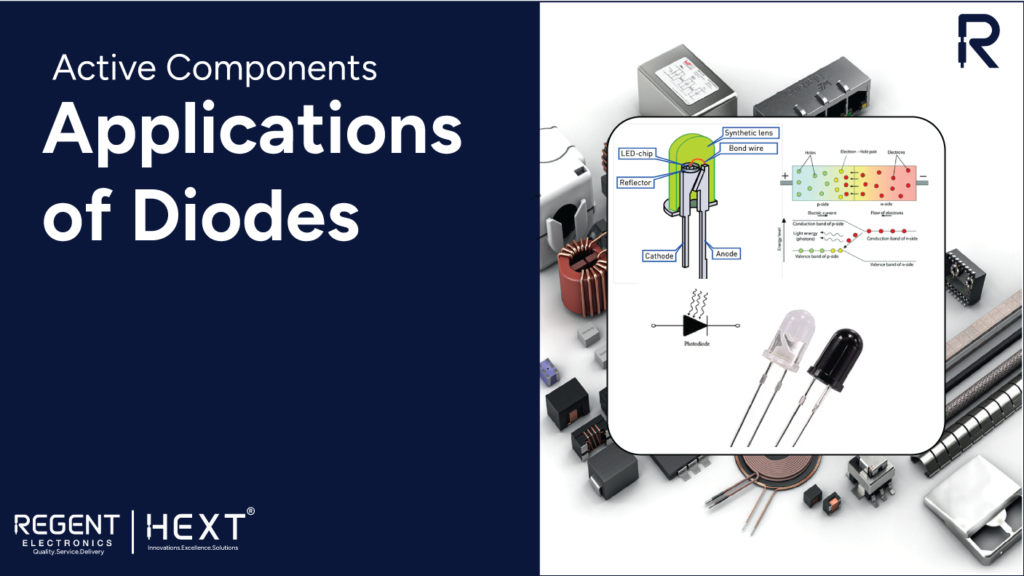
Applications of Diodes: Unlocking the Potential of Semiconductor Technology
Welcome to Regent Electronics! In this blog, we’ll explore the diverse applications of diodes, one of the most fundamental components in electronics. Diodes, with their ability to allow current flow in one direction while blocking it in the opposite, play a crucial role in various electrical and electronic circuits. Their unique properties make them indispensable in modern technology.
What Are Diodes?
Diodes are two-terminal semiconductor devices that permit current flow only when the applied voltage exceeds a certain threshold. Thanks to their non-linear current-voltage (I-V) characteristics, diodes are suited for an array of applications in power conversion, signal processing, and protection circuits.
Key Applications of Diodes
Here’s an overview of some of the most common and impactful uses of diodes:
1. Rectifiers
Rectifiers are essential for converting Alternating Current (AC) into Direct Current (DC). Diodes serve as the backbone of various rectifier designs, such as:
Half-Wave Rectifiers: Allow only one half-cycle of the AC input, resulting in pulsed DC output.

Center-Tapped Full-Wave Rectifiers: Utilize a center-tapped transformer and two diodes to process both AC halves.

Bridge Rectifiers: Use four diodes in a bridge arrangement for efficient, full-wave rectification without requiring a center-tapped transformer.
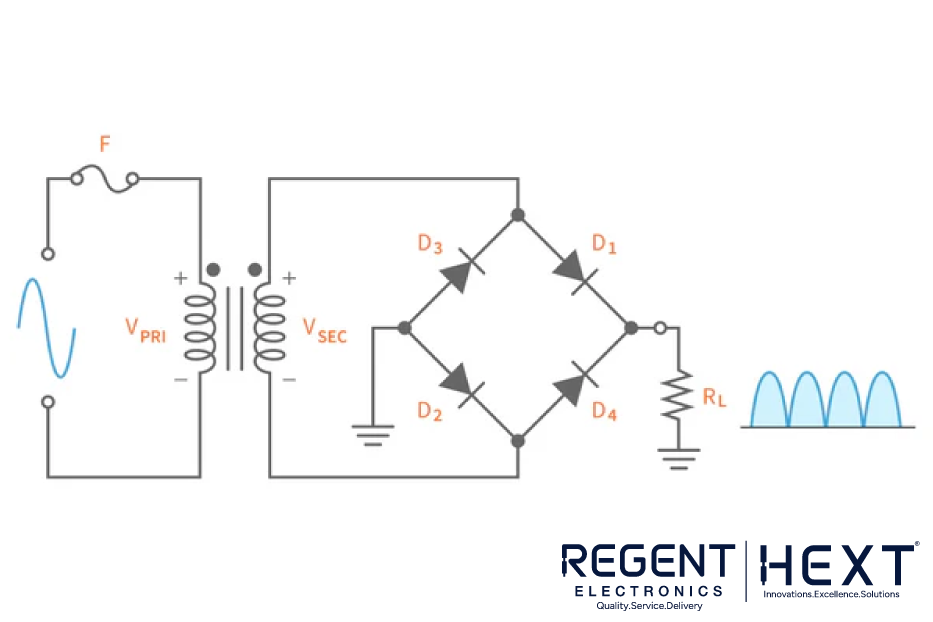
These rectifiers are critical components in power supplies for electronic devices.
2. Voltage Multipliers
Voltage multipliers combine diodes and capacitors to increase DC voltage from an AC supply. These circuits are widely used in:
- Microwave ovens
- High-voltage testing equipment
- Cathode ray tubes (CRTs)
Voltage doublers, triplers, and higher-order multipliers are capable of generating high DC voltages with minimal input.
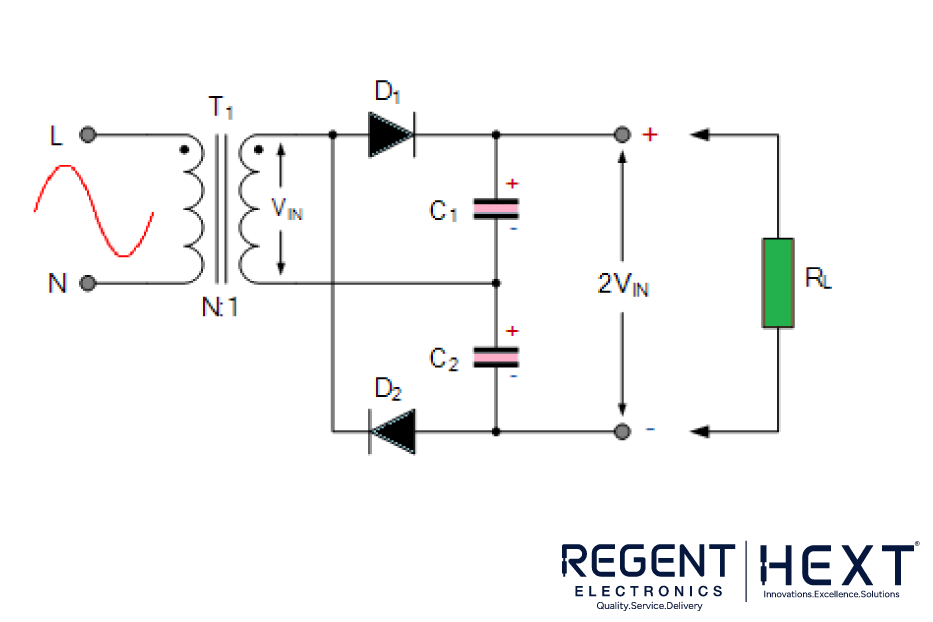
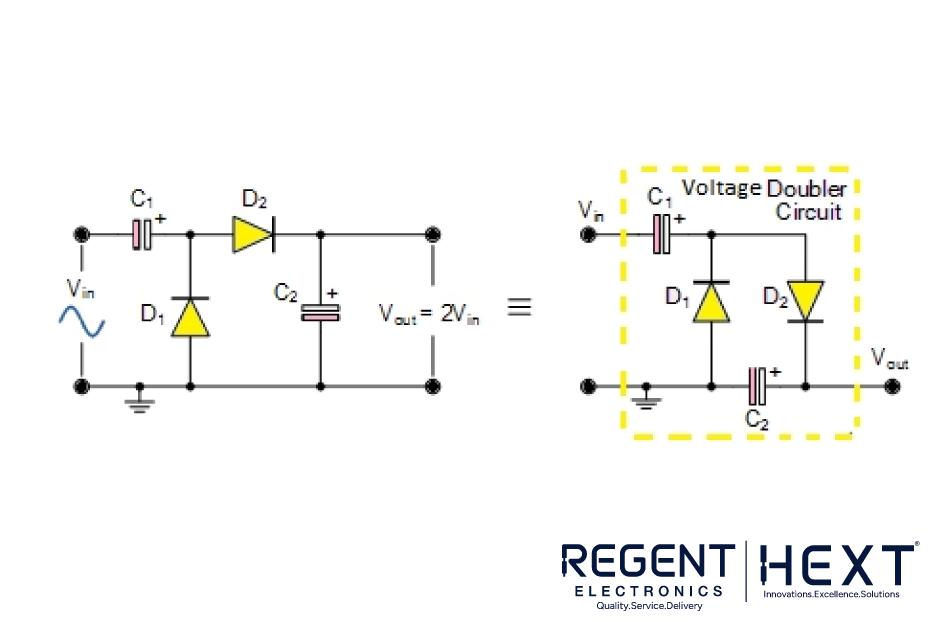
3. Clipper Circuits
Diode-based clipper circuits modify signal waveforms by clipping portions of the input. These circuits:
- Limit voltage peaks to a specified range
- Suppress noise in FM transmitters
- Ensure signal stability in communication systems
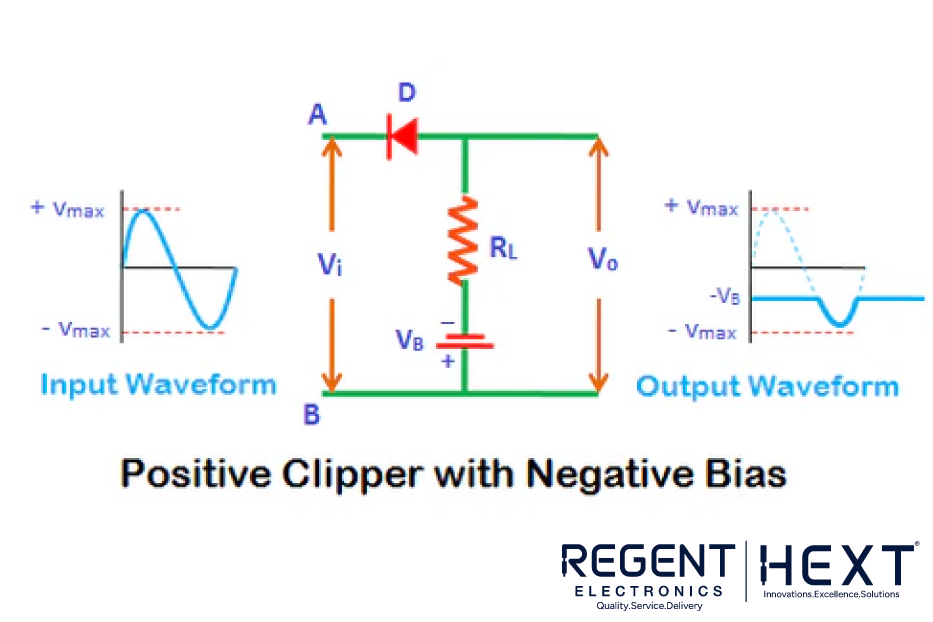



4. Clamping Circuits
Clampers adjust the voltage level of a signal without altering its shape. Depending on their configuration, they can be:
- Positive Clampers: Shift negative peaks upward.
- Negative Clampers: Push positive peaks downward.
- Biased Clampers: Modify the clamping level with an additional voltage source.
Clamping circuits are essential for restoring DC components in communication signals.
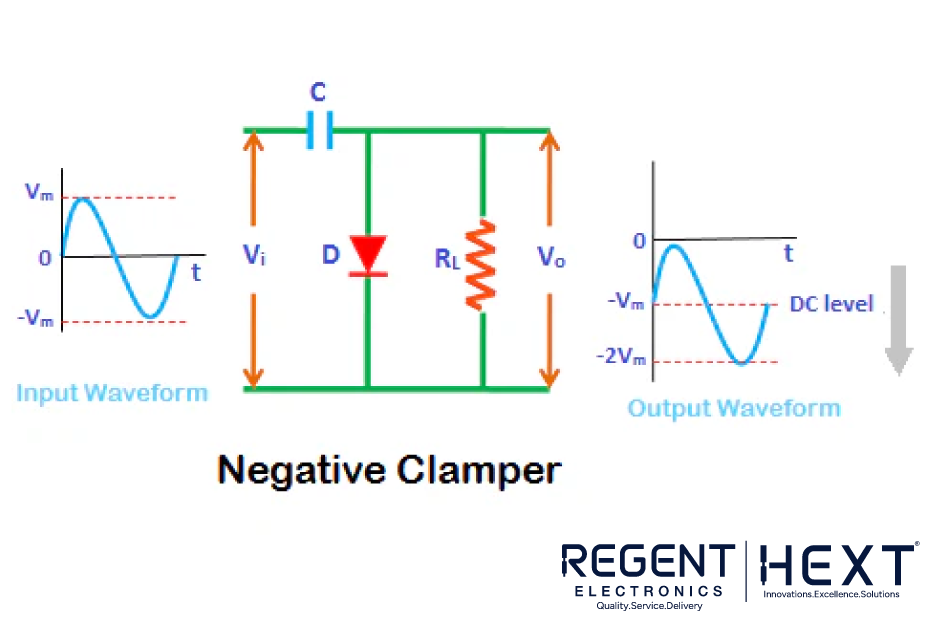


5. Protection Circuits
Diodes safeguard electronic circuits by:
- Preventing damage from reverse polarity
- Blocking battery discharge in solar panel setups
- Suppressing voltage spikes using TVS (Transient Voltage Suppression) diodes
These features make diodes critical for enhancing circuit durability and reliability.


6. Logic Gates
Diodes function as simple switches in logic circuits. For example:
- Resistor-Diode Logic (RDL): Employs diodes and resistors for basic logic operations.
- Diode-Transistor Logic (DTL): Combines diodes with transistors to build more complex logic gates.
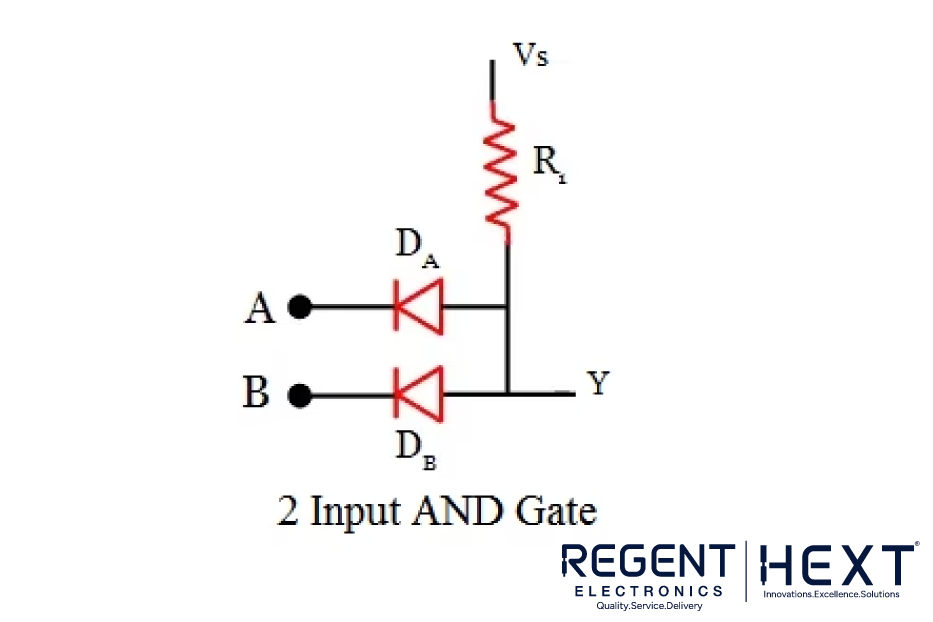
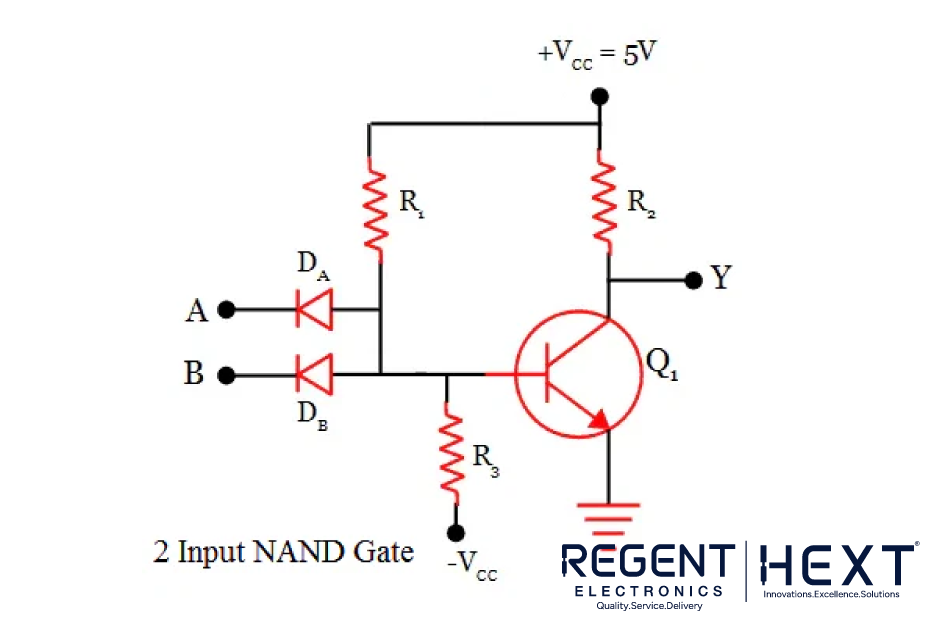
7. Light Emission and Detection
- Light Emitting Diodes (LEDs): Convert electrical energy into light, used in lighting, displays, and indicators.
- Laser Diodes: Emit focused beams for applications in optical communication, pointers, and scanners.
- Photodiodes: Detect light and convert it into electrical energy, essential for cameras, sensors, and alarms.
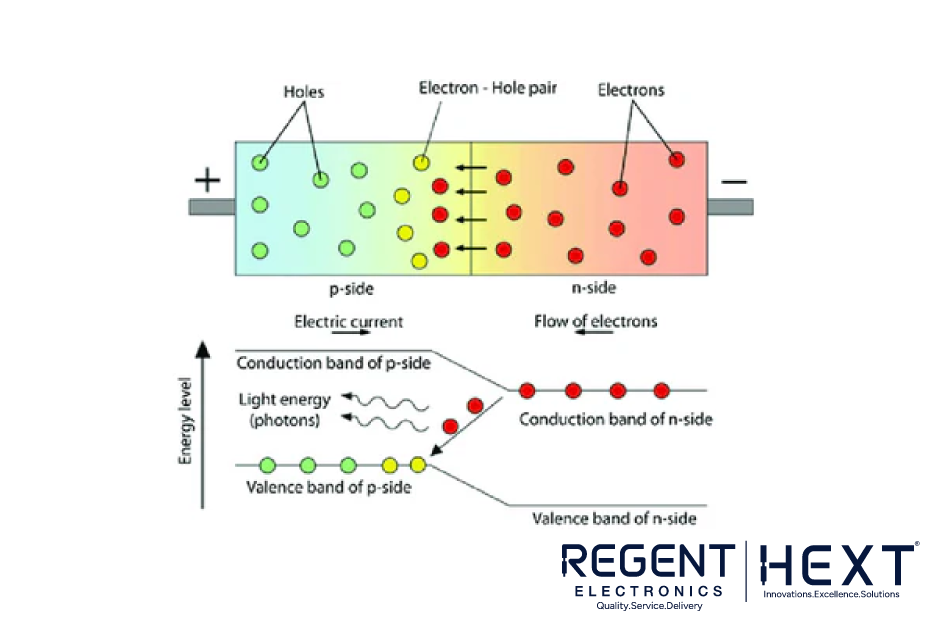
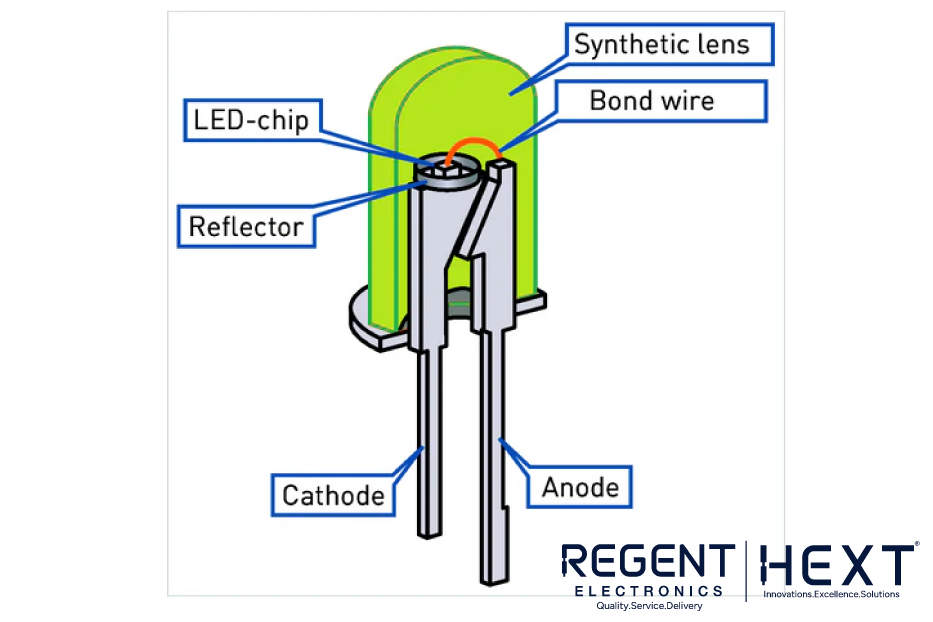
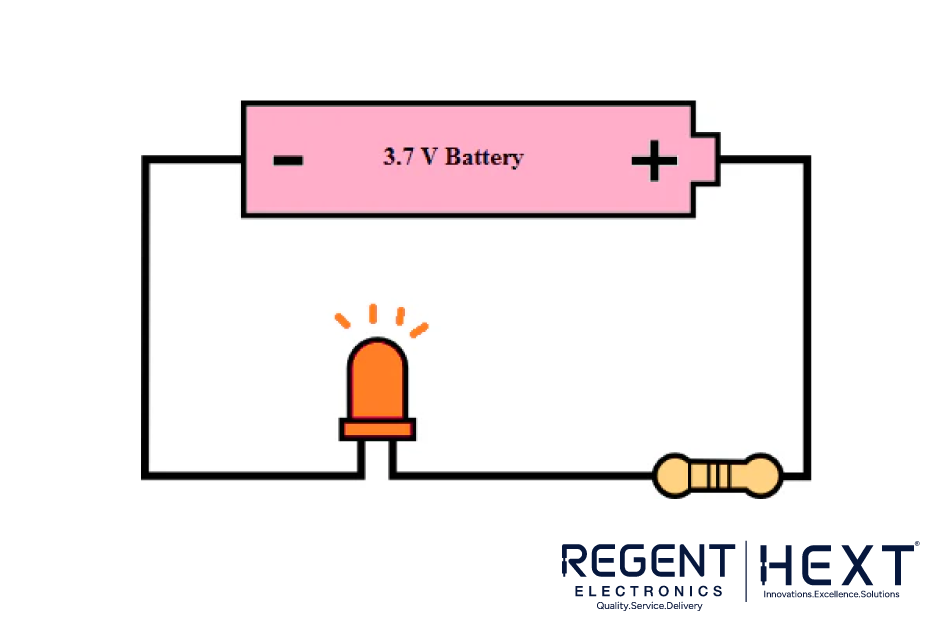
8. AM Envelope Detection
Diodes are used in simple circuits to demodulate amplitude-modulated (AM) signals. By isolating the audio signal stored in the waveform envelope, these circuits enable clear sound reproduction in AM radio receivers.
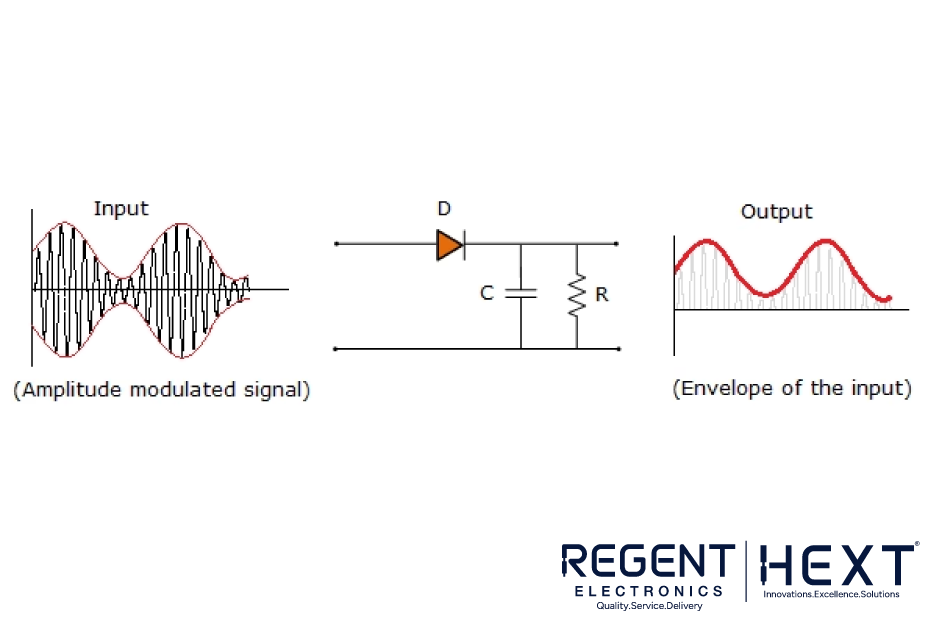
9. Frequency Mixing
Diodes mix two frequencies, producing sum and difference frequencies. This capability is vital in:
- RF circuits
- Modulation and demodulation processes

10. Flyback Circuits
Flyback diodes prevent voltage spikes in inductive loads, such as relays and motors. They provide a safe current path when the load is turned off, protecting sensitive components.
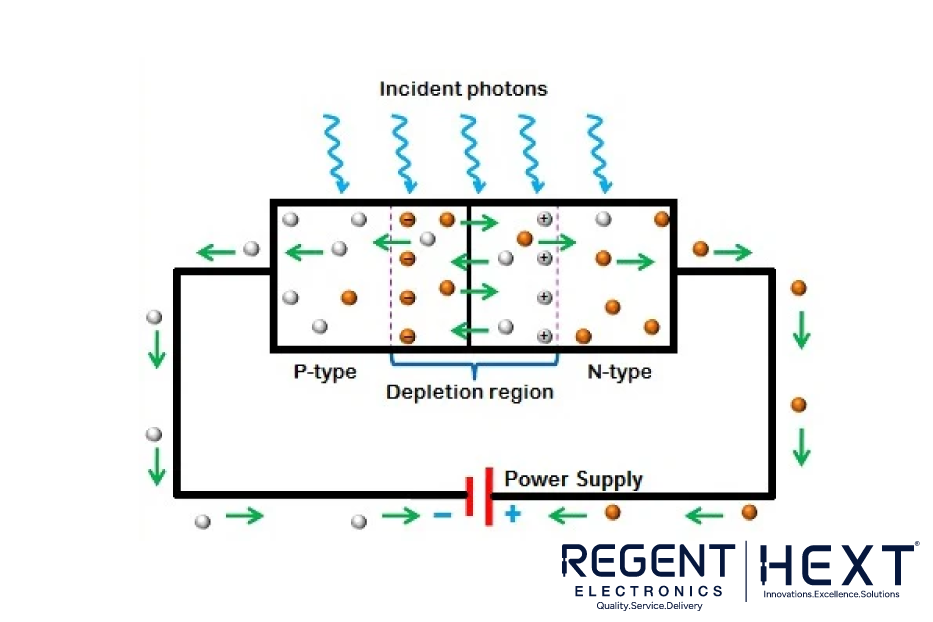
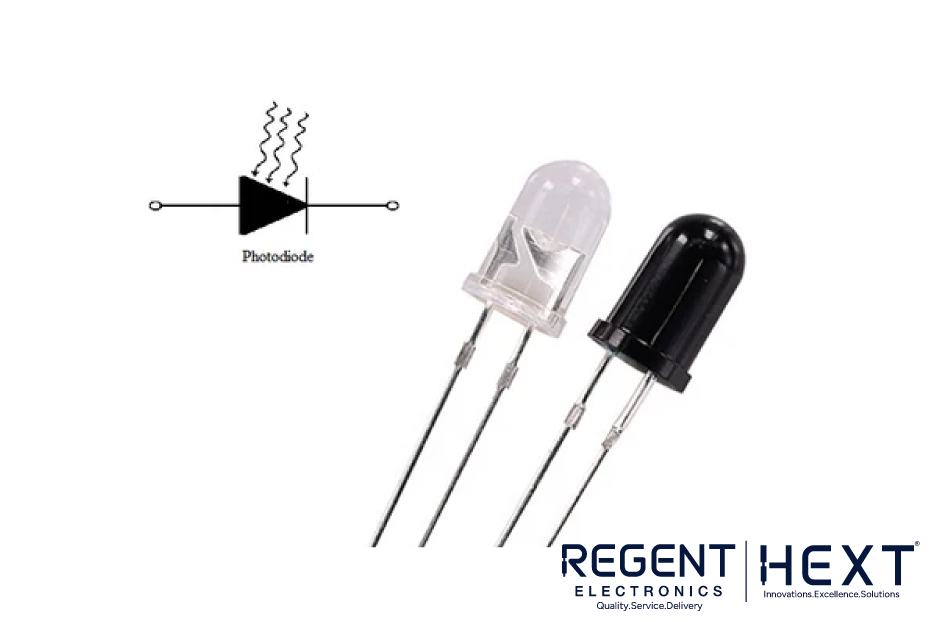
Conclusion
Diodes are foundational to modern electronics, offering unmatched versatility across a broad spectrum of applications. From power conversion to signal processing and circuit protection, they are indispensable in shaping the future of technology. At Regent Electronics, we recognize the significance of diodes and are committed to delivering innovative solutions for all your electronic needs.
Stay tuned for more insightful content on semiconductor technology!
